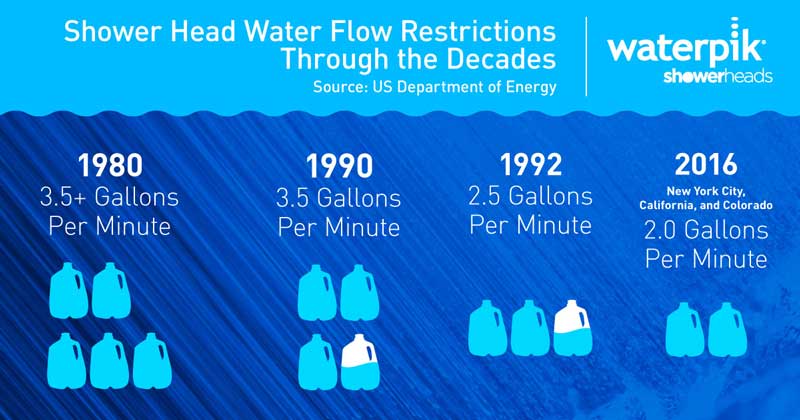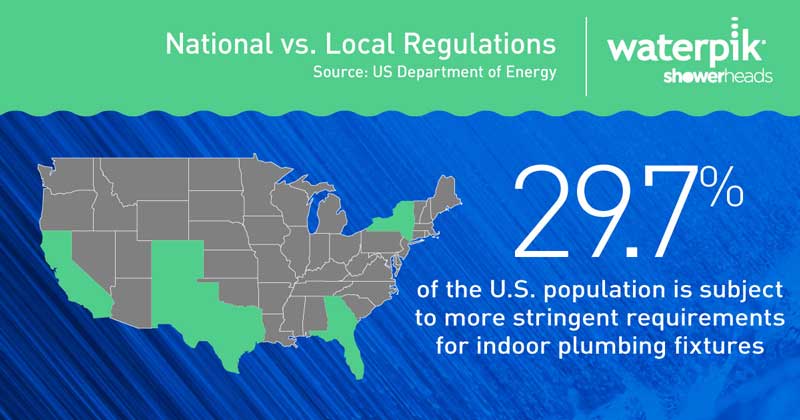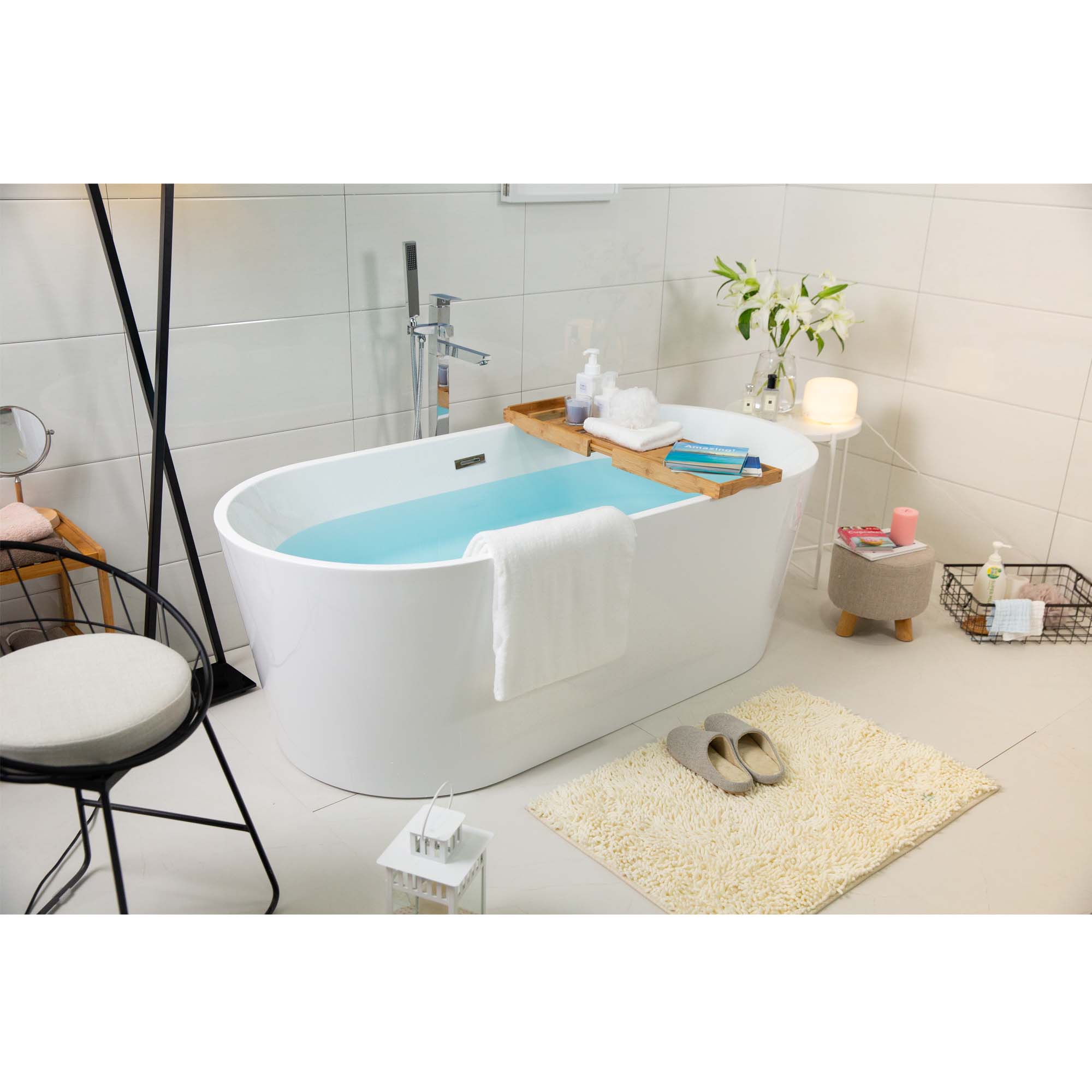In many parts of the world, taking a shower every day tends to be the norm. However, from a strictly medical perspective, it is not necessary for most people to shower this frequently.
Personal hygiene does provide health benefits, and most people do need to shower regularly. In addition to its use for routine washing and grooming, water offers benefits relating to pain relief and treatment in the form of hydrotherapy.
Baths, steam showers, saunas, and other bathing methods can:
- improve immune function
- ease muscle aches and pains
- reduce swelling
- increase blood flow
- improve concentration
- lessen fatigue
- make it easier to breathe
To a lesser extent, spending time in the shower can have these same effects. Showering cleans the skin and removes dead skin cells to help clear the pores and allow the skin cells to function. It washes away bacteria and other irritants that could cause rashes and other skin problems.
However, the main reason why people shower as much as they do is that it helps them meet social standards of cleanliness and personal appearance. Meeting these standards helps people feel at home in their working and social environments and their bodies.
Showering in different seasons
Shortening shower time to no more than 5–10 minutes reduces the likelihood of dry skin.
In most parts of the United States, winters are colder and dryer, while the summer is hotter and more humid.
These changing environmental conditions affect the ideal showering frequency.
In the winter, cold temperatures and indoor heating both contribute to dry skin. Many dermatologists recommend that individuals change their bathing routines during the winter to protect themselves from dry skin.
The following techniques may help people reduce the likelihood of dry skin:
- Shortening shower time to no more than 5–10 minutes.
- Closing the door to the bathroom to capture the steam and increase the humidity.
- Replacing hot water and soap with warm water and gentle cleansers.
- Using the smallest amount of cleanser possible to clean the skin.
- Drying the skin gently after bathing.
- Applying plenty of an oil-based moisturizing cream or ointment within 3 minutes of showering to trap moisture in the skin.
Showering at different ages
A person’s bathing needs change throughout their life.
Babies
The American Academy of Pediatrics say that the common practice of bathing babies daily is not really necessary. They suggest that the time to start regular full body washes is when infants are crawling around and beginning to eat food.
Children
According to the American Academy of Dermatologists, although daily bathing is safe for children aged 6–11 years, they only need to take a shower every few days.
Once young people hit puberty, how often they need to shower will vary from person to person. Many people suggest that daily showering is necessary at this time.
Teenagers
Many teenagers are very physically active, and showers are a good idea after strenuous sports events or practices, including swimming, working out, and other physical activities.
Older adults
The previously simple act of taking a shower can sometimes become more challenging for older adults.
Older adults may not require a shower every day to maintain the level of cleanliness necessary to protect their skin, ward off infection, and meet general standards of grooming. Taking a shower once or twice a week can often be sufficient to meet these criteria, and people can use warm washcloths in between to stay feeling fresh.
Older adults who can no longer bathe themselves can still maintain their independence by getting help with their daily activities from caregivers.
Showers and work
People who work in unhygienic conditions need to shower at the end of each of their shifts.
The type of work that people do affects how often they need to shower.
People who work at desk jobs and spend most of their time indoors do not have the same bathing needs as those who work with dangerous substances, animals, or in any jobs that people consider to be unhygienic.
Occupations that people may think of as involving “dirty work” include:
- butcher
- janitor
- exterminator
- miner
- garbage collector
People who work with corrosive materials, dangerous chemicals, disease agents, and radioactive materials need to shower at the end of each of their shifts.
Horticulturalists, arborists, amateur gardeners, and anyone who spends a significant amount of time outdoors around a variety of plants can reduce their risk of rashes and other skin injuries by showering as soon as they come indoors. Doing this will help limit their exposure to plant sap, pollens, and other potential allergens, thus reducing the risk of a reaction.
A Dutch study found that showers can reduce sick days at work, but only if they are cold showers. The researchers reported that individuals who ended their showers with at least a 30-second blast of cold water were absent 29 percent less of the time than people who did not do so.
Can you shower too much?
Showering removes bacteria from the skin, which means that it also washes off the bacteria that help the body protect itself from infection.
The soaps and shampoos that people use when showering can dry out the skin and hair, leading to cracked skin and split ends. How rapidly this happens, which affects how often a person should shower, depends on the individual’s skin type, which could be oily or dry, and the climate in which they live.
If people find that their skin feels tight after they step out of the shower, this is not a sign of being clean. Instead, it indicates that the skin is too dry.
In studies focused on hand washing, researchers found that nurses with skin damage on their hands due to frequent washing and wearing gloves harbored more infectious agents than other nurses. The researchers concluded that when the frequency of washing leads to skin damage, it is counterproductive.
Showering also has a significant effect on the environment. Soaps and shampoos, not to mention added ingredients such as microbeads in some skin care products, can make their way into groundwater, lakes, streams, and oceans. The simple act of showering depletes the vital resources of freshwater.
Takeaway
Although showering offers physical, mental, and emotional benefits, the daily shower that many people in the U.S. are in the habit of taking is probably more than most people need. Showering dries out the skin and hair, uses natural resources, and creates an additional source of water pollution.
Trying to determine how often to shower depends on finding the right balance between using natural resources respectfully and what makes a person feel good and clean and fits with their schedule.
The medical recommendation to meet basic physical and health needs is to shower once or twice a week. People working in certain types of job and those who do lots of exercise are likely to need to shower more often.
By Danielle Dresden
Last reviewed Tue 12 March 2019
Reviewed by J. Keith Fisher, M.D.
https://www.medicalnewstoday.com/articles/324682.php

















